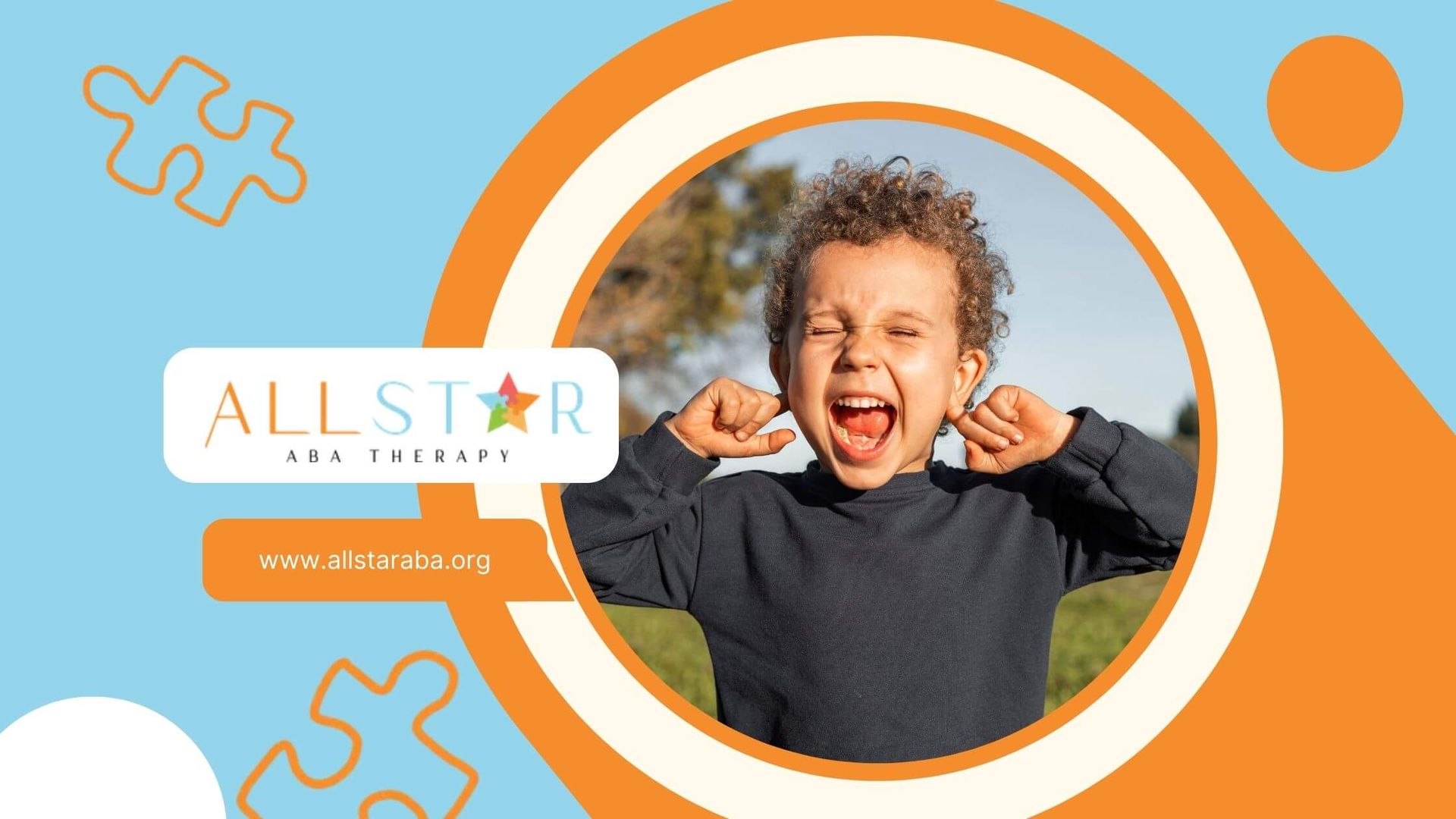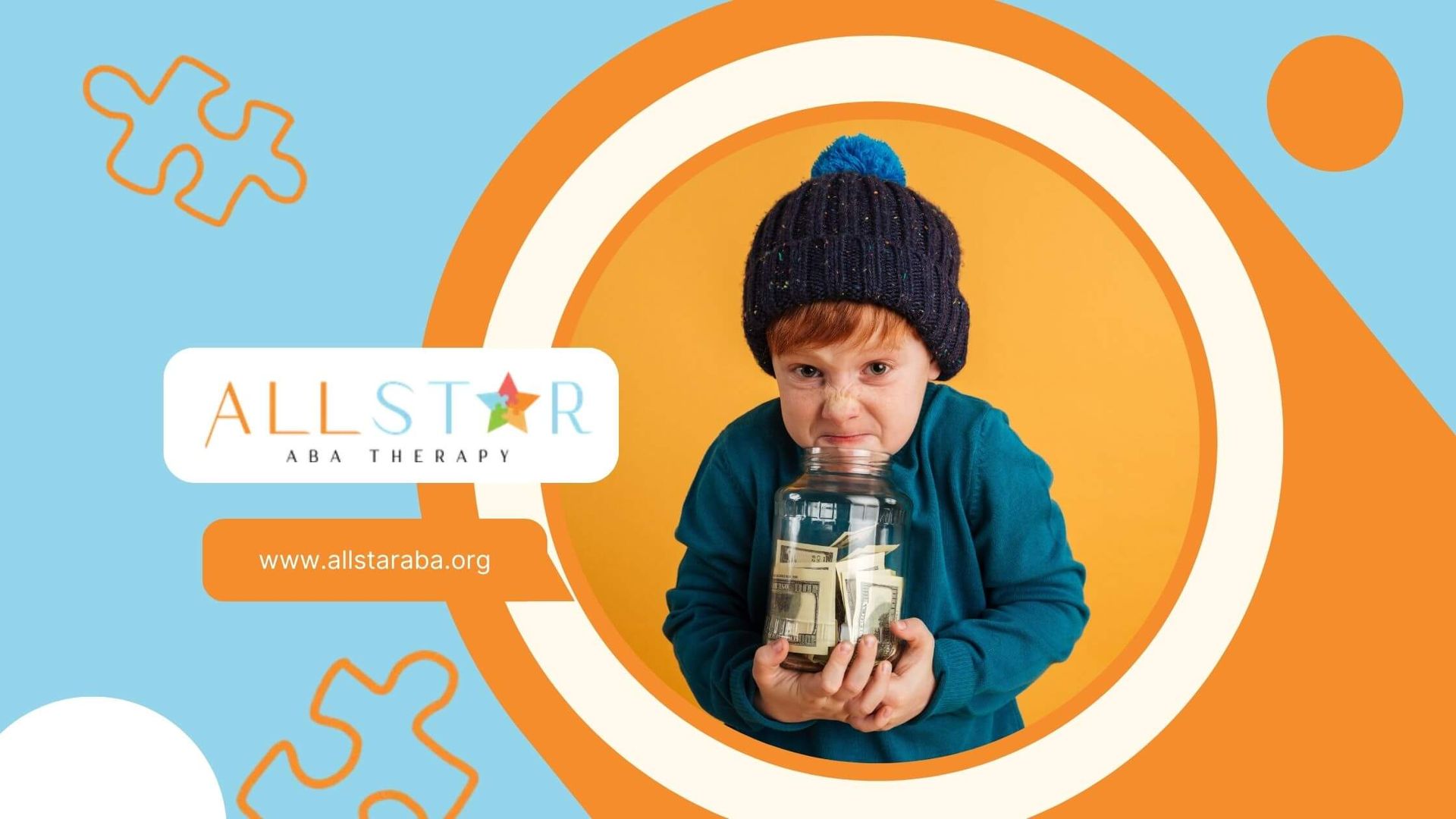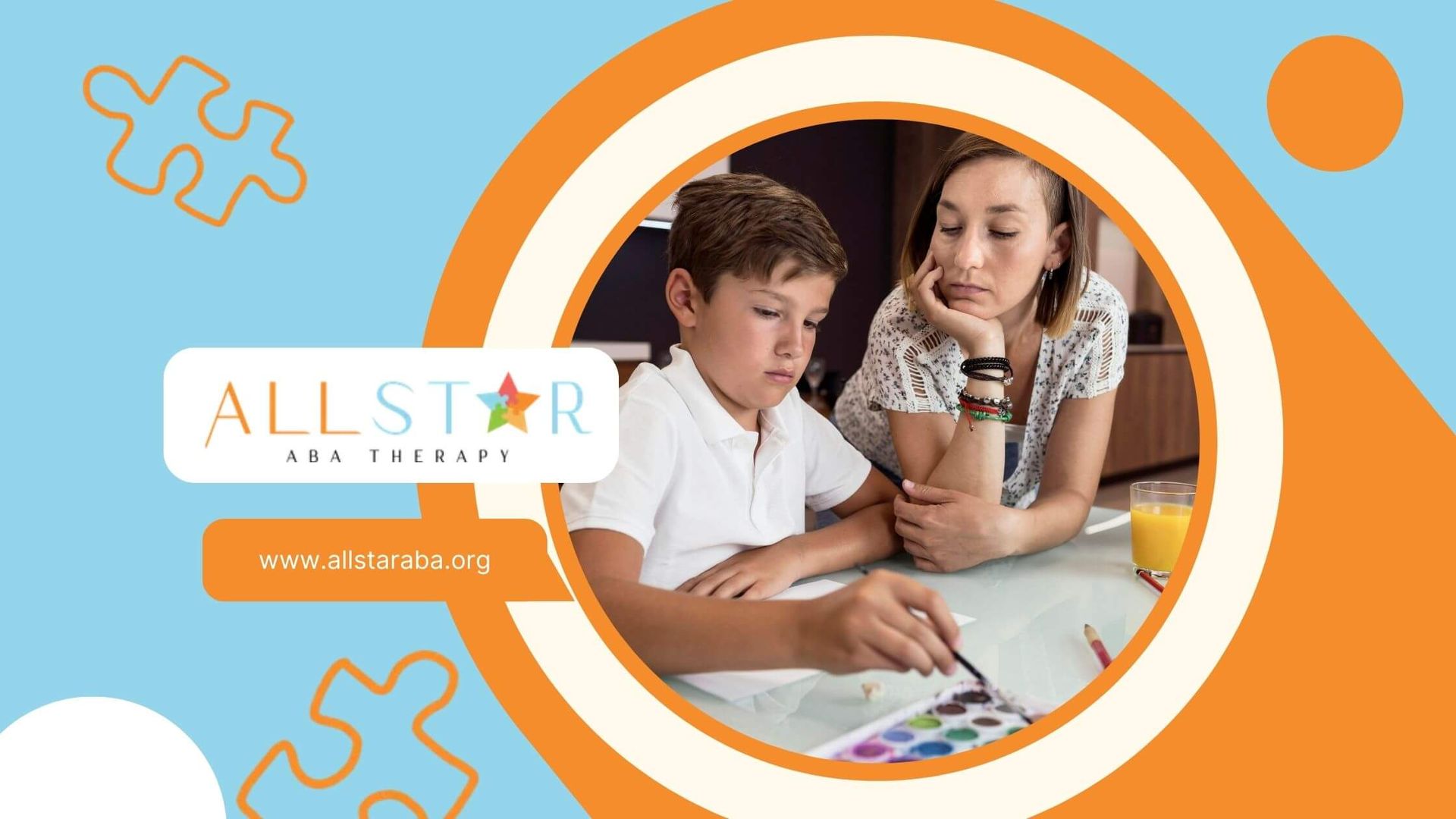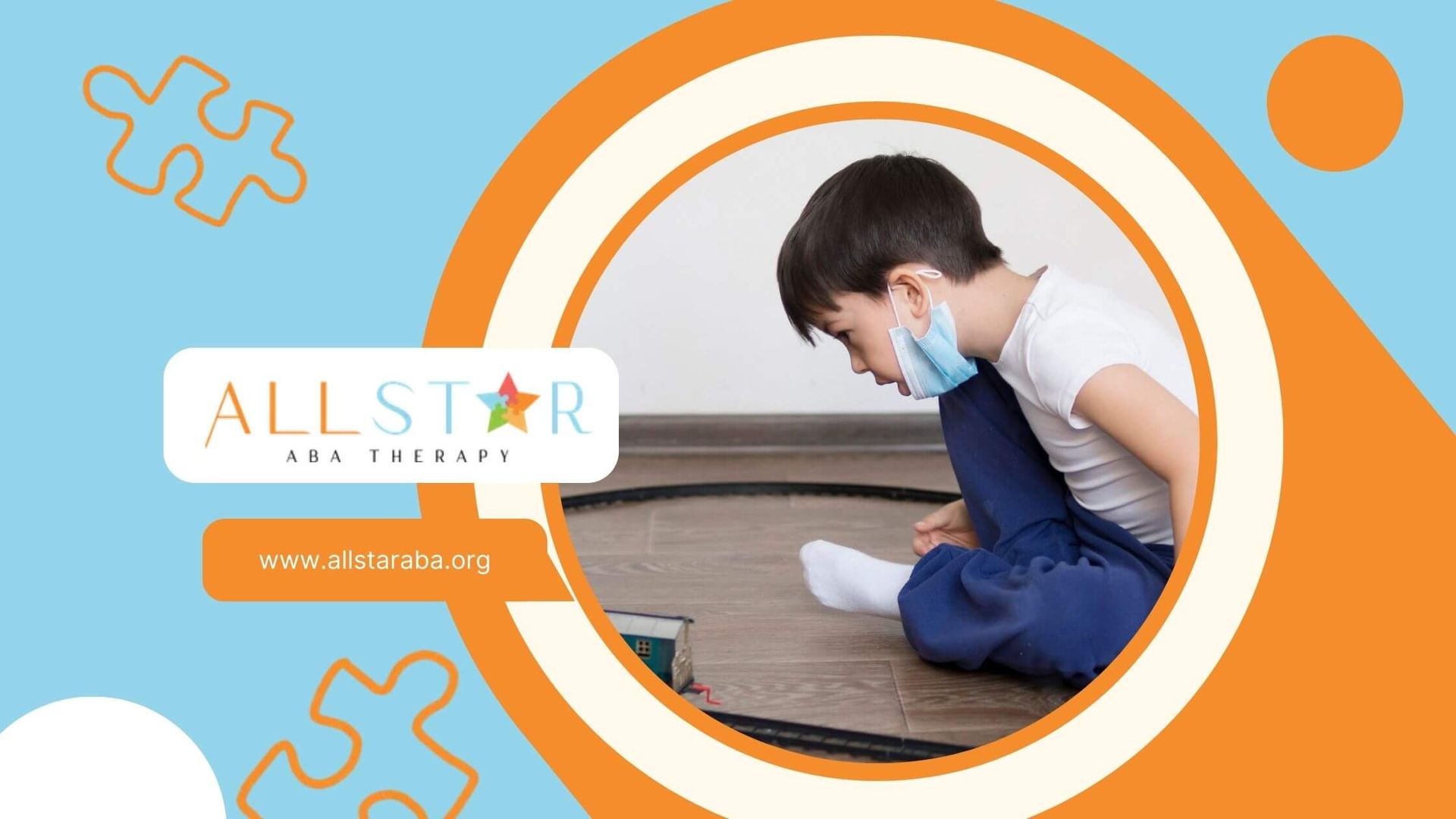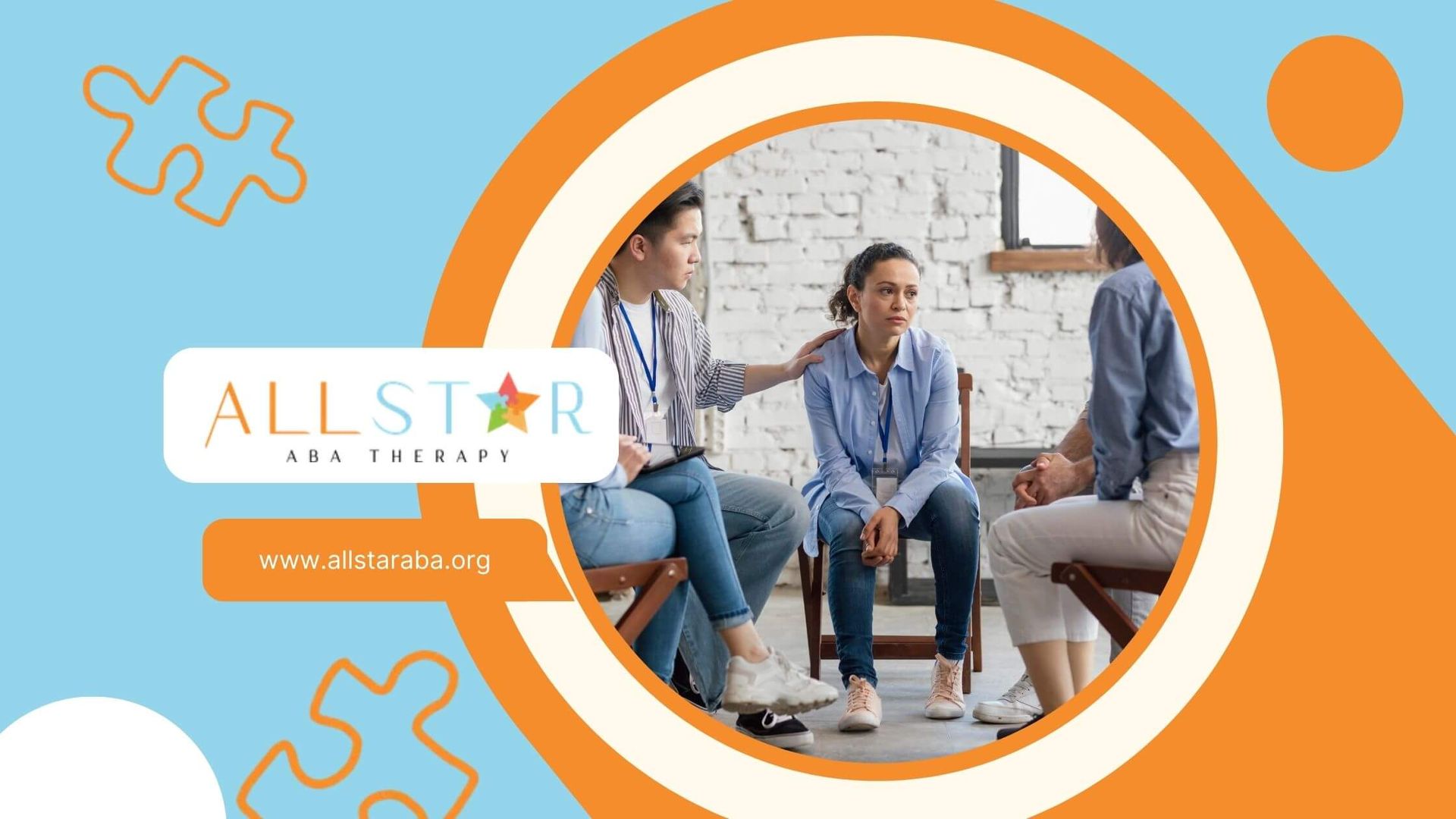New Paragraph
Red Flags for Autism in a 2-Year-Old: What Parents Should Know
Recognizing autism early can make a big difference in a child’s development. At age 2, children typically start showing rapid growth in speech, play, and social skills. When these milestones are delayed or absent, it may point to early signs of autism.
Common red flags for autism in a 2-year-old include:
- Not responding when their name is called
- Avoiding eye contact or showing little interest in people
- Limited speech or loss of previously learned words
- Repetitive movements such as hand-flapping or rocking
- Intense interest in specific objects or routines
- Difficulty with pretend play or interacting with peers
It’s important to note that not every child with one or two of these signs has autism. However, if these behaviors are consistent or combined, seeking professional evaluation is recommended. Early detection allows children to access ABA therapy and other interventions that support language, social, and cognitive development.
At All Star ABA, we partner with families to provide personalized therapy plans that help children build essential skills and thrive.
Frequently Asked Questions
What are early signs of autism at age 2?
Common red flags include limited speech, avoiding eye contact, not responding to their name, and repetitive behaviors.
Does showing one red flag mean a child has autism?
Not always. Some children may develop skills later, but consistent or multiple signs should be evaluated by a professional.
When should I seek help?
If you notice delays in communication, social interaction, or unusual behaviors, it’s best to consult a pediatrician or autism specialist early.
Need Support?
We're Here to Help!
Our experienced team is ready to assist you. Reach out today to discuss how we can support your child's development and well-being.
Get started with expert ABA therapy today.



